Creating an effective workout plan from home doesn’t require a fancy gym or complicated equipment. With the right structure and consistency, a well-planned routine can help you build muscle, improve endurance, and stay motivated. One of the most balanced and adaptable approaches is the 5 days split workout, organized into Push, Pull, Legs, Upper, and Lower days.
This routine strikes the perfect balance between volume, frequency, and recovery—ideal for natural lifters training at home. Whether you’re using dumbbells, resistance bands, or bodyweight exercises, this split can be tailored to fit your schedule and equipment.
Table of Contents
Why Use a 5 Day Split?
Balance and Recovery
Unlike bro splits (where each muscle is trained just once per week), the 5-day split increases training frequency, allowing you to hit each muscle group at least twice. Research supports this approach for hypertrophy and strength, especially for natural athletes.
Efficient Muscle Targeting
Each workout focuses on a specific movement pattern or area of the body. By dividing your weekly volume across five sessions, you reduce fatigue in individual workouts and increase focus on key muscles without overtraining.
Home-Friendly Flexibility
The beauty of this split is that it can be done at home with minimal equipment. Bodyweight exercises, resistance bands, adjustable dumbbells, and a foldable bench are enough to perform variations of every movement.
Daily Breakdown: Push, Pull, Legs, Upper, Lower
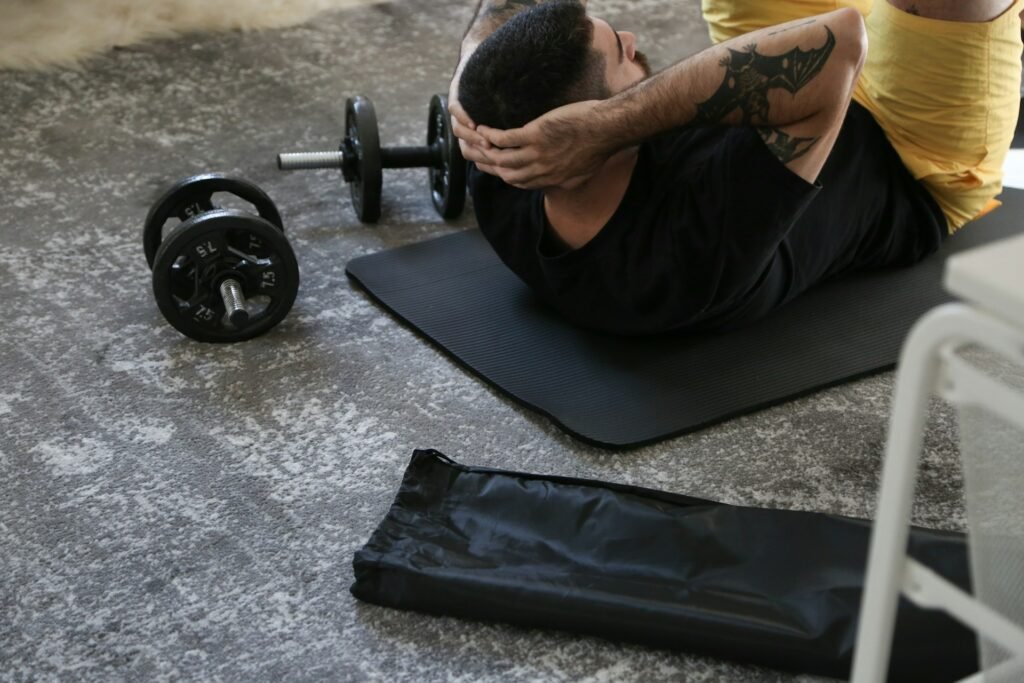
Let’s dive into what each day of this 5-day split looks like, how it targets your muscles, and how to make it work in a home setting.
Day 1: Push (Chest, Shoulders, Triceps)
Goal: Train all pressing muscles that assist in pushing movements.
Home Workout Example:
- Incline push-ups or resistance band chest presses – 4 sets of 10–12
- Pike push-ups or dumbbell shoulder presses – 3 sets of 8–10
- Resistance band lateral raises – 3 sets of 12–15
- Overhead tricep extensions or dips – 3 sets of 10–12
Tip: Start with compound movements (like push-ups) when energy is high, and save isolation work (like tricep extensions) for later.
Day 2: Pull (Back, Biceps, Rear Delts)
Goal: Focus on all pulling muscles to build width, thickness, and arm definition.
Home Workout Example:
- Resistance band rows or towel rows – 4 sets of 10–12
- Pull-aparts or dumbbell rear delt flies – 3 sets of 12–15
- Bicep curls (bands or dumbbells) – 3 sets of 10–12
- Hammer curls – 3 sets of 8–10
Fatigue Note: Pull day can be tricky at home without a pull-up bar, but creative use of bands or suspension trainers can simulate gym-like tension.
Day 3: Legs (Quads, Hamstrings, Glutes, Calves)
Goal: Target lower body muscle groups through a combination of compound and isolation movements.
Home Workout Example:
- Bulgarian split squats or goblet squats – 4 sets of 8–10
- Resistance band hamstring curls – 3 sets of 12–15
- Glute bridges or hip thrusts – 3 sets of 10–12
- Standing calf raises – 4 sets of 15–20
Efficiency Tip: Use tempo reps (slowing the eccentric phase) to increase intensity with bodyweight exercises.
Day 4: Upper (Chest, Back, Shoulders)
Goal: Hit all upper body muscles with moderate volume and intensity, emphasizing balance.
Home Workout Example:
- Superset: Push-ups + Band rows – 4 rounds
- Arnold press or resistance band overhead press – 3 sets of 10
- Incline push-ups or dumbbell flys – 3 sets of 12
- Rear delt raises or face pulls – 3 sets of 15
Superset Benefit: You can pair antagonist muscle groups (push/pull) to keep workouts under an hour while maximizing training density.
Day 5: Lower (Glutes, Hamstrings, Quads, Core)
Goal: Provide a second lower-body stimulus for balanced growth and recovery.
Home Workout Example:
- Single-leg step-ups or banded good mornings – 4 sets of 10
- Resistance band sumo squats – 3 sets of 12
- Glute kickbacks or donkey kicks – 3 sets of 15
- Plank or hanging leg raises (if possible) – 3 rounds
Core Tip: Use the final day to sneak in more direct core work, especially if it wasn’t hit earlier in the week.
Equipment Mentioned in This Routine
You don’t need a full gym to succeed with the 5 days split workout—just a few key tools that support each movement pattern. Here’s a list of versatile home fitness equipment featured in the workouts:
- Resistance Bands – Great for rows, curls, hamstring curls, shoulder work, and more
- Adjustable Dumbbells – Ideal for presses, flies, curls, and leg exercises
- Foldable Workout Bench – Useful for incline push-ups, fly variations, and seated presses
Disclosure: We may earn a commission from links mentioned in this post, at no extra cost to you. We only recommend products we trust
These compact tools are affordable, space-efficient, and perfect for building a consistent home training setup. If you’re starting from scratch, bodyweight alone can still be effective while you build your equipment base.
How This Split Measures Up
Let’s compare the 5 days split workout to common criteria for an effective hypertrophy-focused program:
| Factor | 5 Days Split (Push, Pull, Legs, Upper, Lower) |
|---|---|
| Training Frequency | Muscles hit ~2x/week |
| Volume Range | Easily falls in 8–20 sets per muscle/week |
| Fatigue Management | Better than bro split, better balance than 6-day PPL |
| Recovery Between Sessions | Optimized if workouts are 45–75 minutes |
| Progressive Overload Ready | Yes—especially with adjustable dumbbells or bands |
This split is less fatiguing than running a 6-day push-pull-legs (PPL), and it allows more flexibility if you ever need to skip a day.
Natural Pre Workout Considerations
If you’re training from home, you might not have the same pre-gym ritual as commercial lifters. That said, you can still get great results with natural energy boosters. Here are some options that support focus and performance without relying on synthetic pre-workouts:
- Caffeine (coffee or green tea) – Stimulates the CNS for alertness and energy
- Creatine monohydrate – Not a stimulant, but enhances ATP recycling for strength-based work
- Beetroot juice – Naturally increases nitric oxide levels for better blood flow
- L-citrulline (if supplementing) – Can improve endurance and reduce muscle soreness
For more detailed tips and insights on natural pre workout strategies, check out this comprehensive article. It covers effective ways to boost energy and performance naturally before your workouts.
Common Mistakes to Avoid
Skipping Rest Days
Even if the workouts are home-based and short, recovery is still essential. Use weekends to rest, stretch, or go for light walks.
Neglecting Warm-Ups
Warming up increases circulation and prepares your nervous system. 5–10 minutes of dynamic movement before each session can boost performance.
Overcomplicating the Split
Stick to the fundamentals. Focus on movement quality, progressive overload, and consistent form before chasing fancy new routines.
Final Thoughts
The 5 days split workout is a great system for home fitness lovers who want structure, results, and variety. Its flexibility lets you hit each major muscle group efficiently while managing fatigue and promoting recovery. If you’re serious about building muscle and staying consistent with your training, this split provides the blueprint.
Just remember: no split works without consistency, effort, and proper recovery. Find what fits your schedule, stick to it, and adapt when needed.


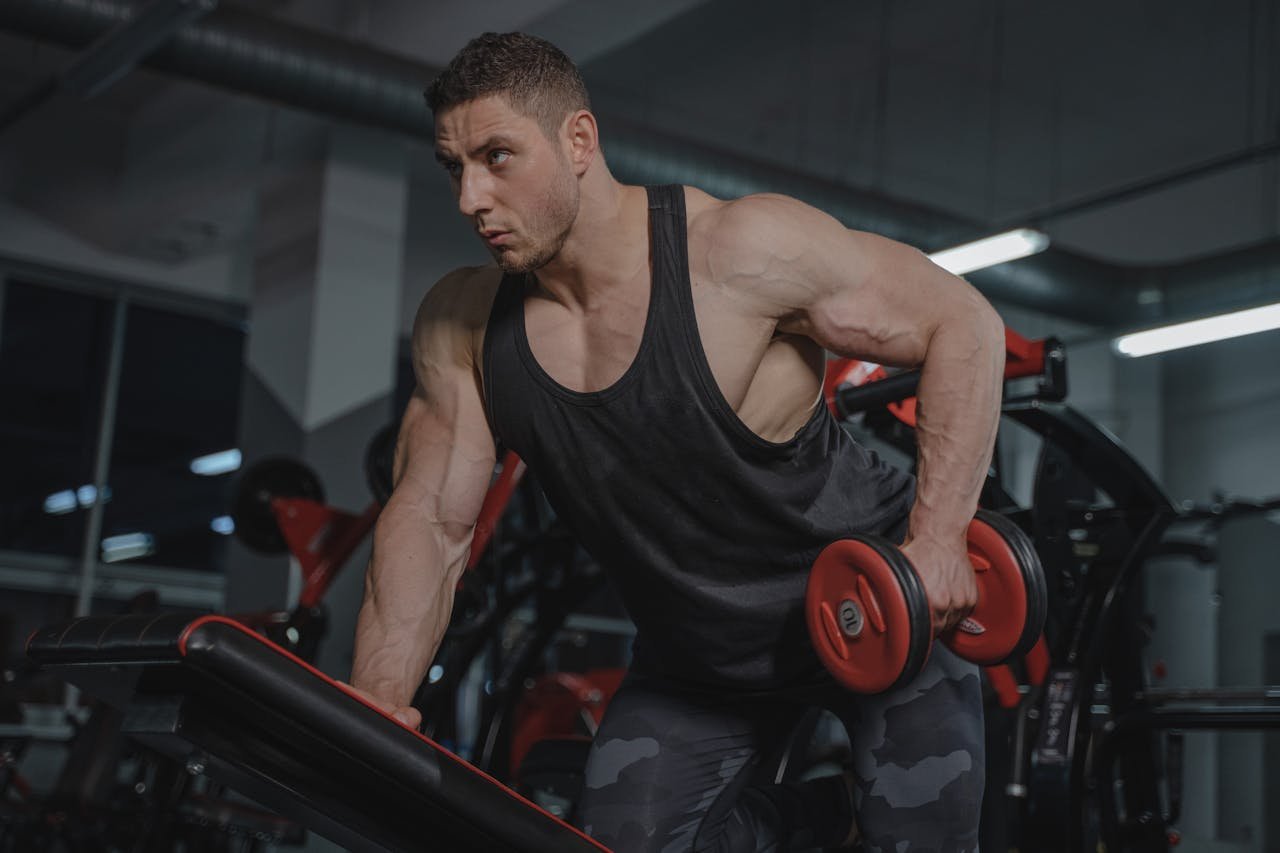



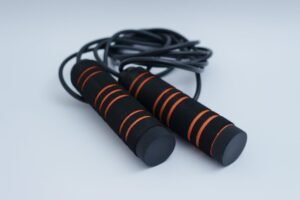
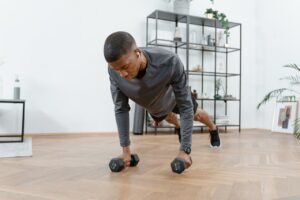
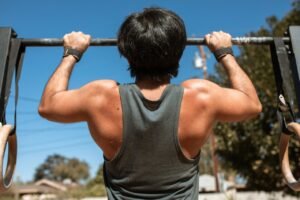
Pingback: Top 4 best Adjustable Bench Options for Home Workouts
Pingback: How Sets and Reps Work: 5 Essential Tips